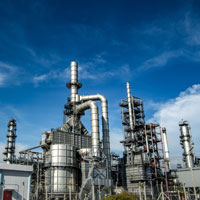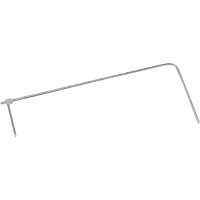
Dwyer Instruments, Inc. offers a multitude of sensors for monitoring air velocity in HVAC systems. Some of this instrumentation has a simple construction (Pitot tubes, for example) while others are more complex, such as hot-wire anemometers.
The initial term and first “hot-wire anemometer” was developed back in 1914 by Louie Vesso King. He is also accredited for King’s Law, which mathematically describes heat transfer in air flows using a heated wire. As the air moves over the wire, it causes a loss of temperature in the wire and removes some of the wire’s heat energy. Continue reading “Understanding Air Velocity Sensors”

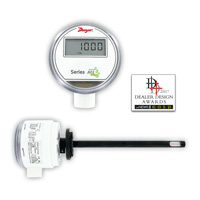

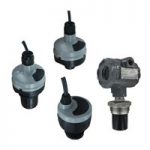

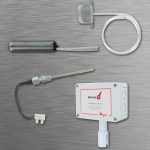

 There are numerous factors that lead to regulatory compliance, including: reputation, image, ethics, competition, and survival. Regulatory is often looked at as the “show-stopper” or obstacle in many manufacturing processes. While regulatory may sometimes be perceived as negative, it can also be the main key to a company’s success.
There are numerous factors that lead to regulatory compliance, including: reputation, image, ethics, competition, and survival. Regulatory is often looked at as the “show-stopper” or obstacle in many manufacturing processes. While regulatory may sometimes be perceived as negative, it can also be the main key to a company’s success. 